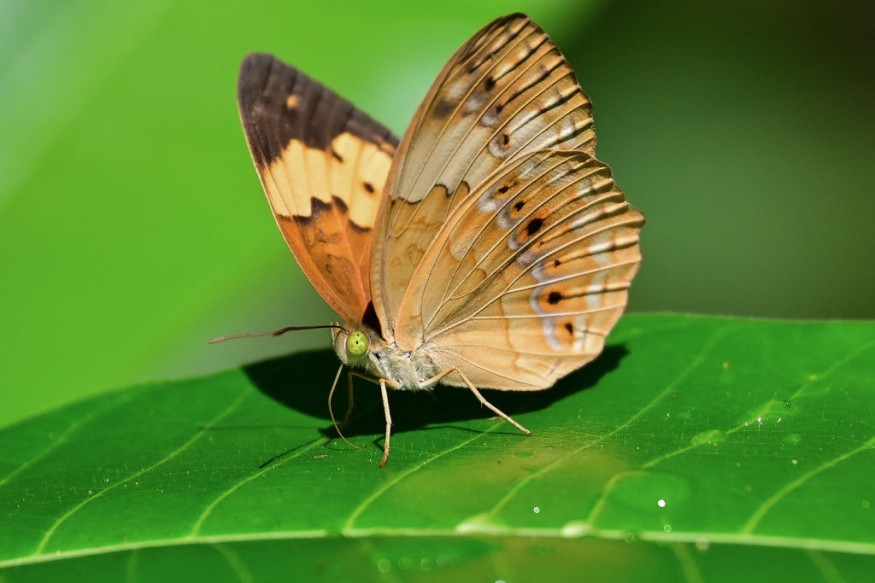
A study recently indicated that a butterfly's gender has been regulated through varying combinations of gene variants branded as ''masculinizer.''
Producing Males, Females
Experts explained that nature has devised many ways of producing males and females. In their latest discovery, they reported on a previously undescribed mechanism for Lepidoptera that usually functions without a female-specific gene.
They said that the number of alleles or allele heterozygosity in a single Z-linked gene (BaMasc) is the primary sex-determining switch in Bicyclus anynana butterflies. The embryos carrying a single BaMasc allele develop into WZ (or Z0) females, those carrying two distinct alleles develop into ZZ males, while (ZZ) homozygotes initiate female development, have mismatched dosage compensation, and die as embryos.
It was found out that consequently, selection against homozygotes has favored the evolution of spectacular allelic diversity such as 205 different coding sequences of BaMasc that were detected in a sample of 246 females.
The structural similarity of a hypervariable region (HVR) in BaMasc to the HVR in Apis mellifera csd has indicated the molecular convergence between deeply diverged insect lineages.
Scientists said that the discovery of this primary switch has highlighted the fascinating diversity of sex-determining mechanisms and underlying evolutionary drivers.
They have discovered a primary sex-determining switch for Lepidoptera that functions in a fundamentally different way to the two-locus Fem-Masc system described for silkworm.
According to the study, the switch in B. anynana consists of different genotypic states: BaMasc polyallelism (heterozygotes) versus BaMasc monoallelism (hemizygotes and homozygotes) at a single locus.
''We have shown that, despite most females having a WZ karyotype, the sex-determining mechanism does not rely on a W-linked factor to initiate female development,'' experts said.
However, they pointed out that the mechanism cannot distinguish karyotypically male BaMasc homozygotes from hemizygotes, leading to an intersex state (male karyotype with female genetic signal), mismatched DC, and death as late-stage embryos.
The study suggested that the butterflies die as embryos when two identical variants of Masculinizer are combined but this is very uncommon in natural populations.
The reason is that a huge number of different variants has been found.
Two Identical Variants
It was found that the chance of having two identical variants resulting in embryonic death becomes much higher in strongly declined populations with reduced genetic variation caused by inbreeding.
So far, the sex determination mechanism has been the first one found in butterflies and surprisingly resembles that of those being done and observed in honeybees belonging to a different insect group.
Experts believed that this is more than that of the silkworm which belongs to the same insect order.
The same gender determination mechanism evolved independently in Bicyclus anynana and honeybees and this makes it a clear example of convergent evolution.
Lepidoptera is a large insect group consisting of butterflies and moths and they often have W and Z sex chromosomes instead of X and Y.
Based on previous studies, females of this species usually have a W and a Z chromosome and males have two Z chromosomes.
The gender or sex is determined by the W chromosome in some species, but there are also species in which females do not even have a W chromosome.
Related Article : Small Tortoiseshell Butterfly Population Decline In UK Linked To Climate Breakdown
© 2025 NatureWorldNews.com All rights reserved. Do not reproduce without permission.





